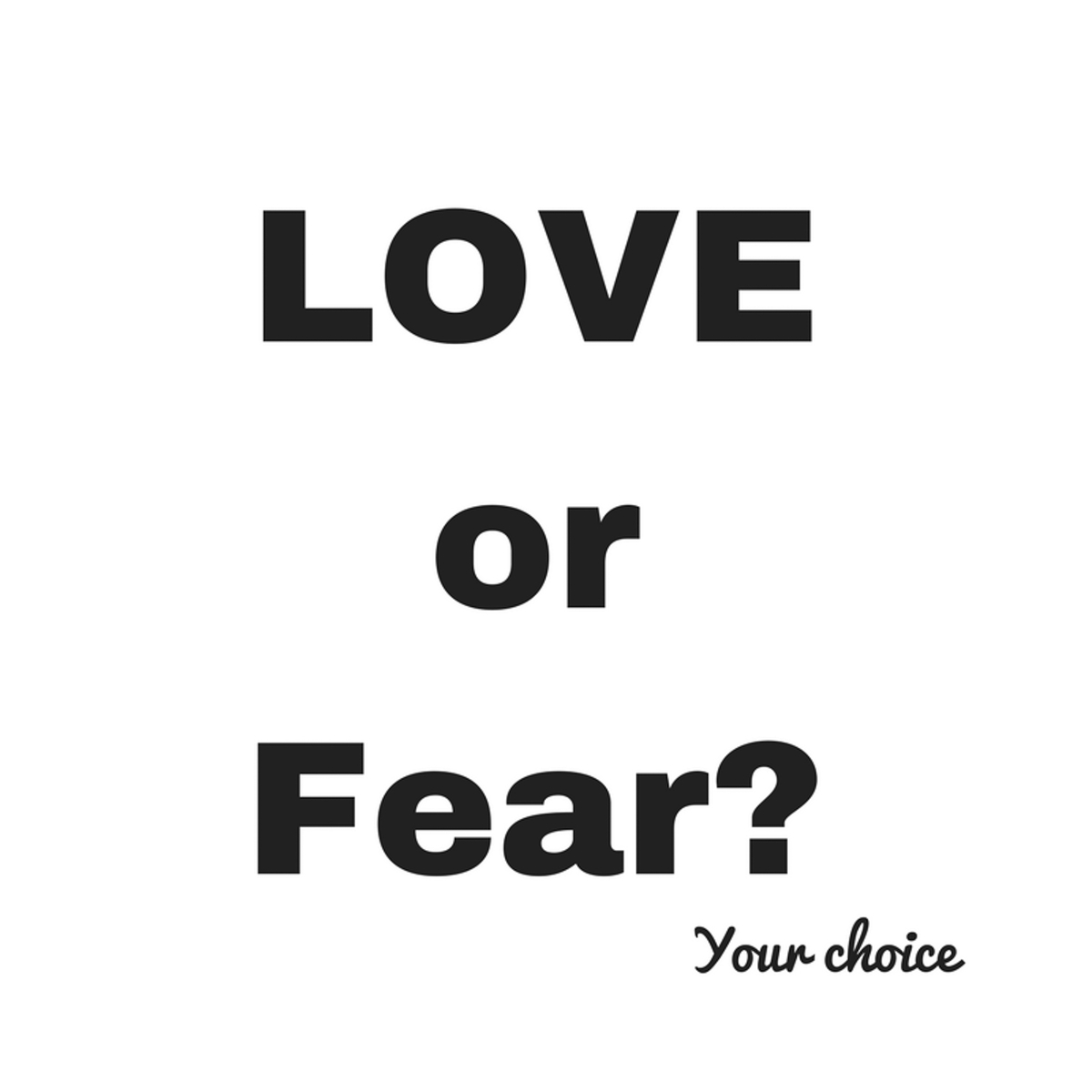There are two emotions – love and fear

Jerry Jampolsky wrote the book Love is Letting Go of Fear. Even though I read the book back in the late 80’s, the message of the book has always stuck with me. Basically, Jerry states that there are really just two emotions, love and fear. This is also the primary theme of The Course in Miracles. Many spiritual teachers have talked about this as well, promoting us having these two primary emotions, love and fear.
Fear is often at the root of all our negative emotions. For instance, we may get anxious about something due to a fear of stepping out into something new. We may be angry at someone when really they hurt us and we fear not being loved. We may be sad but underlying the sadness is a fear of being alone. If you peel back the layer of the feeling that is most apparent, you often can get down to the real feeling that triggered your response – fear. Fear can bring up anger, hate, resentment, guilt, shame and anxiety. Love, on the other hand, can bring us contentment, joy, peace and happiness.
And it is not possible to feel both love and fear at the same time. Think about that for a moment. Can you really be in a place of open hearted love and anxious fear at the same time? It can’t be done. You have to choose which place you are going to reside. Those are the times when we trigger into a moment of being hurt and we make the decision to let it go and be in the better space of contentment. Or we make a conscious decision to shift out of the anger by sending the person that just hurt us a thought of love from our heart to theirs. This results in staying out of the fear and instead residing in love.
Physically our bodies respond to our choices – fear or love. We have talked about this before. In fear we are in “fight or flight” mode feeling like we have to react and respond in order to survive due to feeling threatened. Our bodies respond to this reaction as well. We stimulate the body into fear (through our thoughts) which results in cortisol being dumped into our body. Cortisol is not good for our body. It makes us feel physically “stressed out”. It activates addictions, suppresses libido, is associated with depression, breaks down muscles, bones and joints, suppresses our immune system, increases pain, and promotes heart disease, high blood pressure, obesity, diabetes and osteoporosis.
Love also has a physical impact in our bodies. Love releases oxytocin into our system. We know that this hormone induces emotional bonding. But we are learning more about this hormone. It also is effective in counteracting the effects of cortisol in our bodies. It is an anti-stress hormone that can naturally help our bodies be in better balance. This hormone, produced by feelings of love, gives us feelings of calm and feeling connected, increases curiosity, lessens addictions and cravings, increases sexual receptivity, gives us positive feelings and facilitates learning. It also aids in repairing, healing and restoring our body, diminishing our sense of pain, lowering our blood pressure and protecting us against heart disease.
So when we talk about the holistic perspective of mind, body, and soul we can see it very clearly here. How we think effects how we feel emotionally which impacts us physically and certainly ties into our spiritual journey of being in love here in the world. So if we can only think one thought at a time, we can also choose to make our present thought one of love versus fear. We have everything to gain from this choice. Thinking a thought of love brings us back to a centered state where we can feel the love in our mind, body and soul. So spend this week working on it – make a conscious decision to shift back into love when you have wandered into fear.
ABOUT THE AUTHOR

Janie Pfeifer Watson
Licensed Independent Clinical Social Worker
Licensed Independent Mental Health Practitioner- Janie Pfeifer Watson, LICSW, is the founder and director of Wholeness Healing Center, a mental health practice in Grand Island, Nebraska with remote sites in Broken Bow and Kearney. Her expertise encompasses a broad range of areas, including depression, anxiety, attachment and bonding, coaching, couples work, mindfulness, trauma, and grief. She views therapy as an opportunity to learn more about yourself as you step more into being your authentic self. From her perspective this is part of the spiritual journey; on this journey, she serves as a mirror for her clients as they get to know themselves—and, ultimately, to love themselves.
LATEST ARTICLES BY Janie Pfeifer Watson
- Letting Life Unfold – Embracing the Musical Nature of Existence
- Silence Good for the Brain and for your Mental Health
- Mastering Resilience: How to Manage your Response to Challenging Situations
- Celebrating 25 Years of Business A Journey Marked by Resilience, Growth, and the Power of Community
- COVID-19 – Heightened Mental Health Awareness and Employer Appreciation
Subscribe today
Sign up to receive the latest mental health tips and inspiration